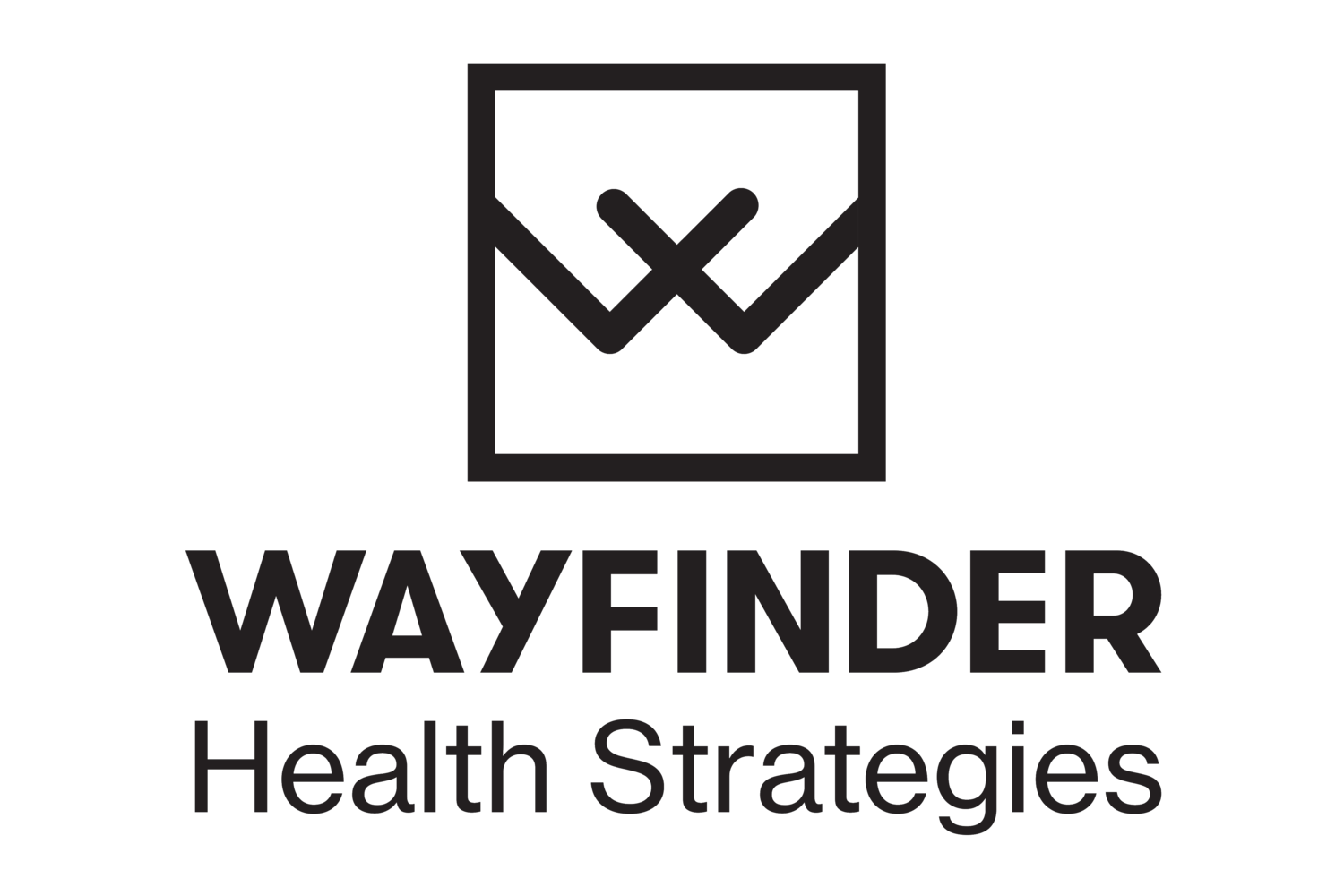Prevention is deep at the core of public health. In a nutshell, it encompasses everything we do to promote health and prevent—or reduce the impact of—disease and disability or injury. Disease and disability or injury are in turn affected by the world around us: our societies and cultures, our genes, the germs we come into contact with, and the lifestyle choices we—or others—make. Because of this—there are three levels typically used to think about prevention:
Primary prevention: Focuses on protecting people from developing a disease, disability or injury. A good example of primary prevention is an educational campaign promoting seatbelt use.
Secondary prevention: Aims for early diagnosis of disease or potential disability or injury. A good example of secondary prevention is a regular screening exam—for example, mammograms to detect breast cancer.
Tertiary prevention: Focuses on trying to reduce the impact of a disease, disability or injury once it has occurred, including rehabilitation and improving quality of life. A good example of tertiary prevention is a diabetes self-management program.
Think about these levels as you design and implement your health programs and activities. Which level are you targeting? Can you target more than one? How can you plan ahead, to make sure that you can track your performance at each level?
Consider the level of prevention you want to address—and design your goals and objectives accordingly. It will make your health impact stronger, more efficient and more effective—and isn’t that what we all want, at the end of the day?

